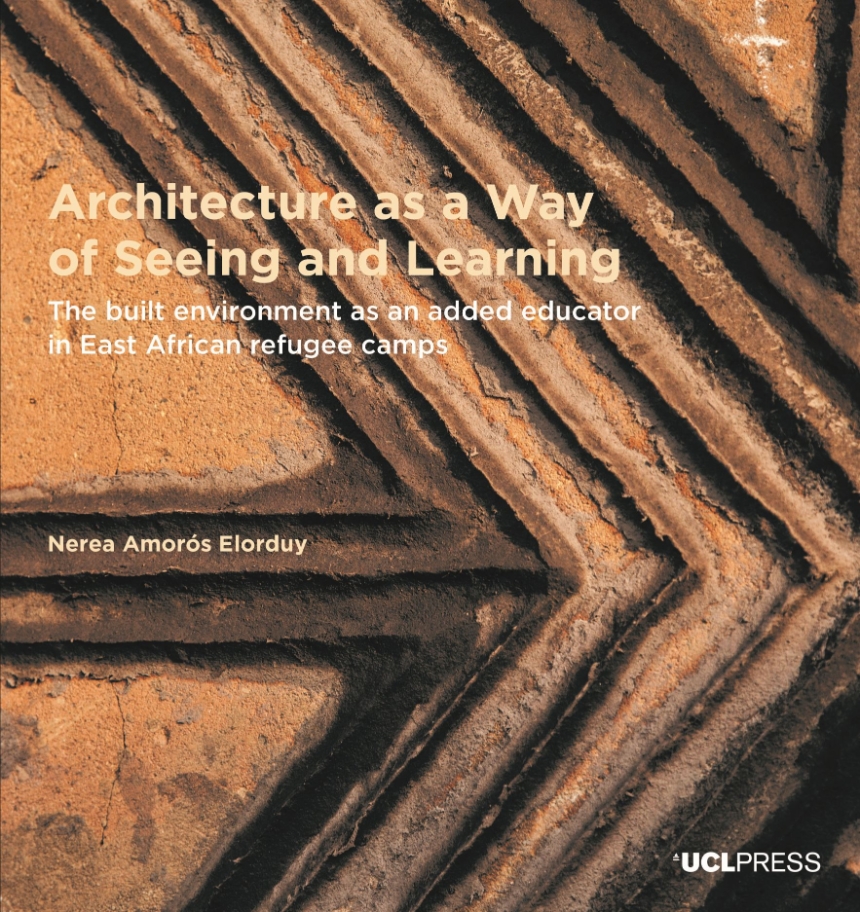Architecture as a Way of Seeing and Learning
The Built Environment as an Added Educator in East African Refugee Camps
9781800080126
Distributed for UCL Press
Architecture as a Way of Seeing and Learning
The Built Environment as an Added Educator in East African Refugee Camps
How built environments impact early childhood education in East African refugee camps.
Displaced before they were born, children living in long-term refugee camps along the East African Rift grow and learn surrounded by ready-made structures. Architecture as a Way of Seeing and Learning explores what these built environments teach us about both childhood development and refugee assistance. With an eye toward architecture, Nerea Amorós Elorduy models how a more empathetic approach to refugee relief might both decolonize humanitarian aid and nurture the learning of young children.
Displaced before they were born, children living in long-term refugee camps along the East African Rift grow and learn surrounded by ready-made structures. Architecture as a Way of Seeing and Learning explores what these built environments teach us about both childhood development and refugee assistance. With an eye toward architecture, Nerea Amorós Elorduy models how a more empathetic approach to refugee relief might both decolonize humanitarian aid and nurture the learning of young children.
218 pages | 65 color plates | 6.14 x 9.21 | © 2021
Design Research in Architecture
Architecture: Architecture--Criticism
Table of Contents
Foreword Introduction The spatial and educational paradox of the long-term refugee camp Limited and biased knowledge Participation and decolonisation Study area and case studies Mapping and PAR Integrating theory, practice and research Chapter 1 The urban turn: informality, co-modification and assemblage The nascence of the urban turn Informality Co-modification Assemblage thinking East African urban turn, a way forward? Chapter 2 Ever-evolving assemblages: the built environment of seven East African long-term camps The beginning of refugee encampment policies in Eastern Africa The continuation of encampment and its effects on young children Complex, heterogeneous and ever-evolving encampment territories A multi-scalar spatio-temporal analysis Interactive and static characteristics of encampment assemblages Ever-changing, proto-urban learning assemblages Chapter 3 Refugee-led: observed, imagined and tested spatial Interventions The power of place-making Extracting from urban theory Observed quiet encroachment and everyday life practices Refugee-imagined radical incrementalism Tested transversal spatial appropriations Conscious radical incrementalism Conclusions Through the eyes of an architect Research by architectural design Next steps Key concepts Acronyms Bibliography Index

